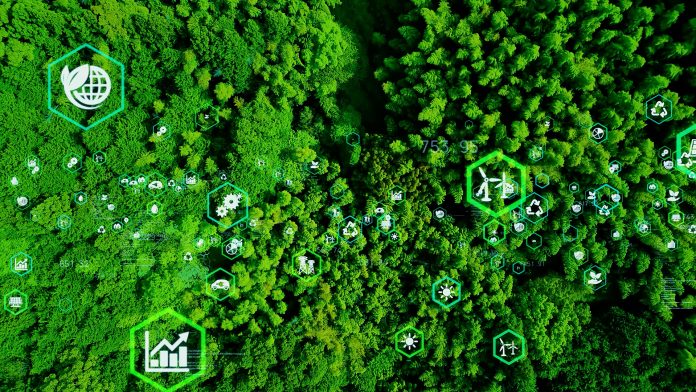Research by ETH Zurich has indicated that targets for slashing carbon emissions will be hard to achieve unless ways can be found to reduce the cost of direct air capture (DAC) technologies.
ETH spin-off Climeworks operates a plant in Iceland that uses direct air carbon capture to capture 4,000 tonnes of CO2 a year, at a cost per tonne of between $1,000-1,300. But how quickly can these costs come down as deployment increases?
ETH researchers have developed a new method that provides a more accurate estimate of the future cost of various DAC technologies.
As the technologies are scaled up, direct air capture will become significantly cheaper – though not as cheap as some stakeholders currently anticipate. Rather than the assumed figure of $100-300, the researchers suggest the costs are more likely to be between $230-540.
Bjarne Steffen, ETH Professor of Climate Finance and Policy, explained: “Just because DAC technologies are available, it certainly doesn’t mean we can relax our efforts to cut carbon emissions.
“That said, it’s still important to press ahead with the expansion of direct air carbon capture plants because we will need these technologies for emissions that are difficult or impossible to avoid.”
Three different DAC technologies and their costs
The researchers applied their method to three direct air carbon capture technologies. The goal was to compare how the cost of each technology is likely to evolve over time.
Their findings suggest that the process developed by Swiss company Climeworks, in which a solid filter with a large surface area traps CO2 particles, could cost between $280 and 580 per tonne by 2050.
The estimated costs of the other two DAC technologies fall within a similar range. The researchers calculated a price of between $230 and 540 per tonne for the capture of CO2 from the atmosphere using an aqueous solution of potassium hydroxide, a process that has been widely commercialised.
The cost of carbon capture using calcium oxide derived from limestone was estimated at between $230-835.
Focusing on individual components to address issues
Estimating how the cost of new technologies will change over time is particularly difficult in situations where very little empirical information is available.
This lack of real-world data represents a challenge for direct air carbon capture technologies because they haven’t been in use long enough to allow projections to be made as to how their cost might evolve in the future.
To address this dilemma, the ETH researchers focused on the individual components of the different DAC systems and estimated their costs one by one.
They then asked 30 industry experts to assess the design complexity of each technological component and determine how easy it would be to standardise.
The researchers based their work on certain assumptions: namely, that the cost of less complex components that can be mass-produced will fall more sharply, while the cost of complex parts that must be tailored to each individual system will fall only slowly.
Direct air carbon capture systems also include mature components such as compressors, which cannot feasibly be made much cheaper.
Once the researchers had estimated the cost of each individual part, they then added the cost of integrating all the components and the costs of energy and operation.
Katrin Sievert, lead author of the study, concluded: “At present, it is not possible to predict which of the available technologies will prevail. It is therefore crucial that we continue to pursue all the options.”









